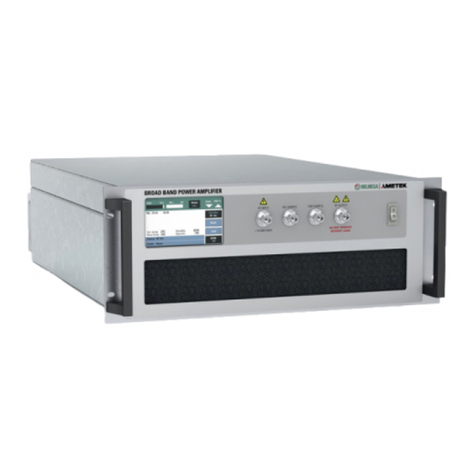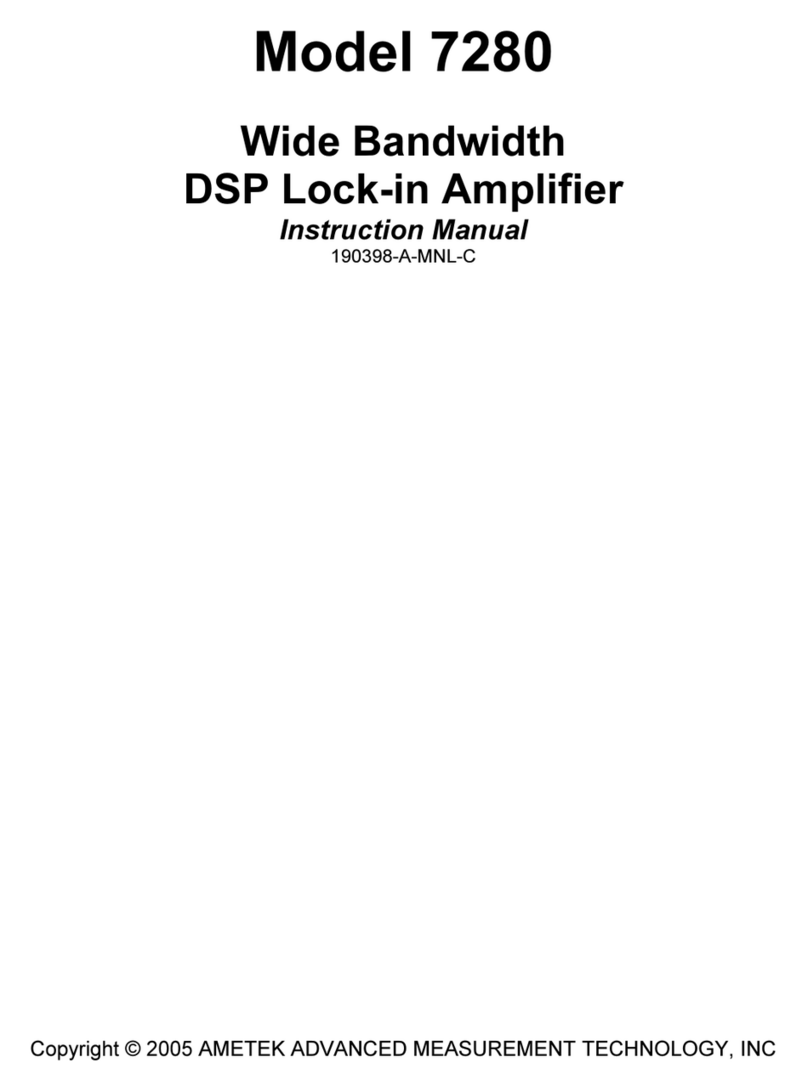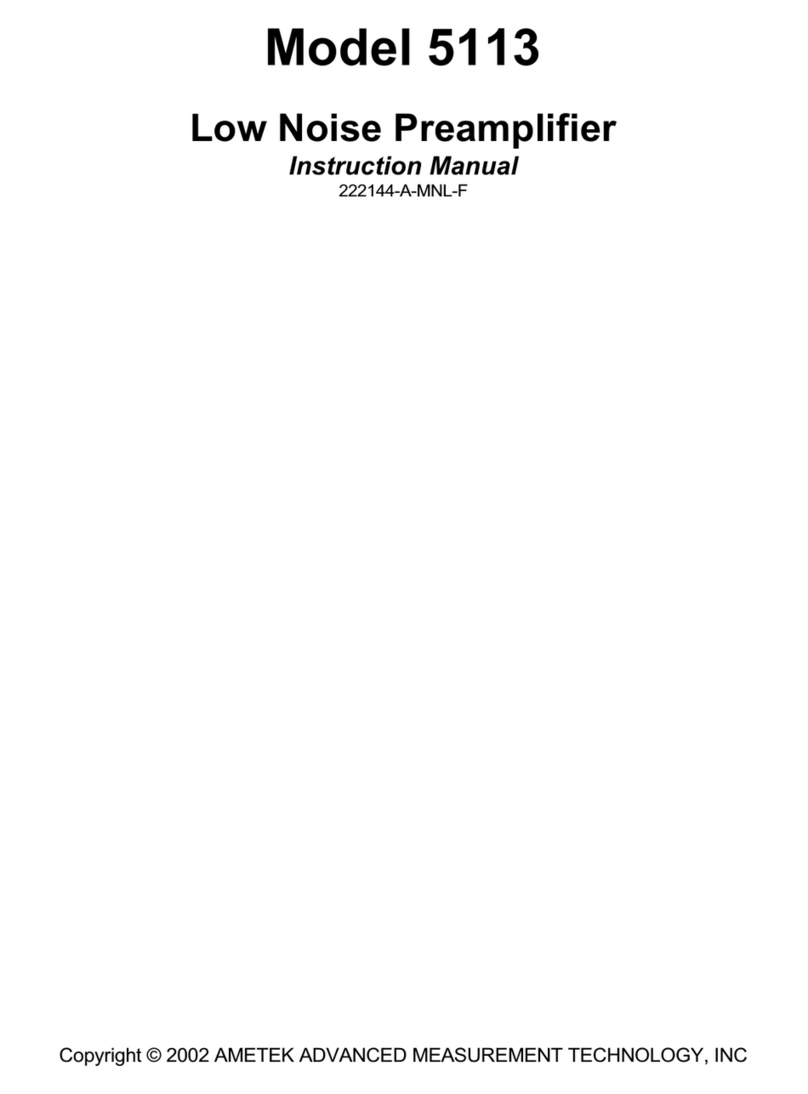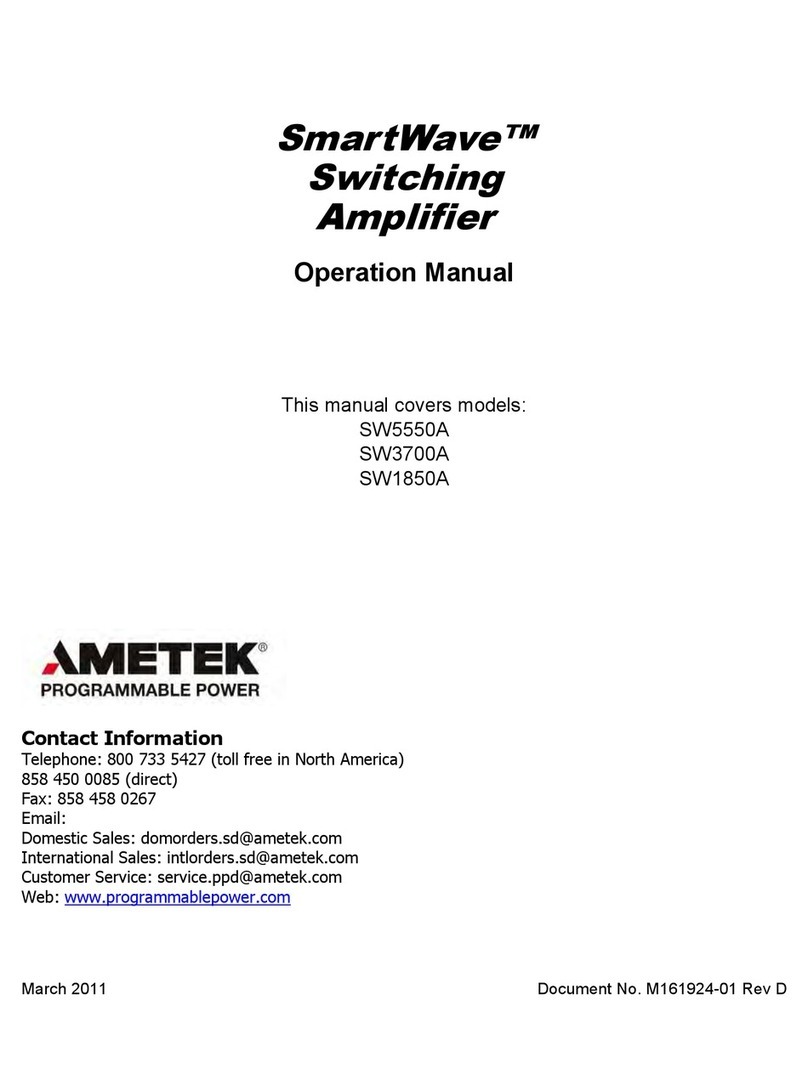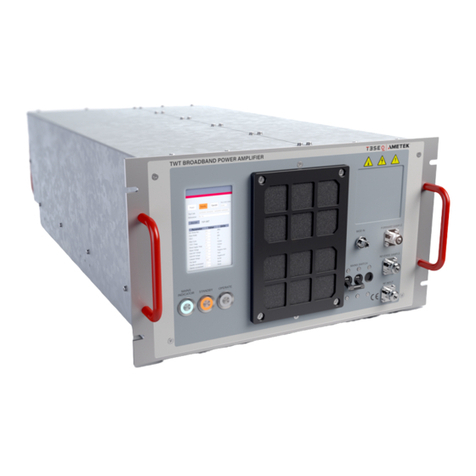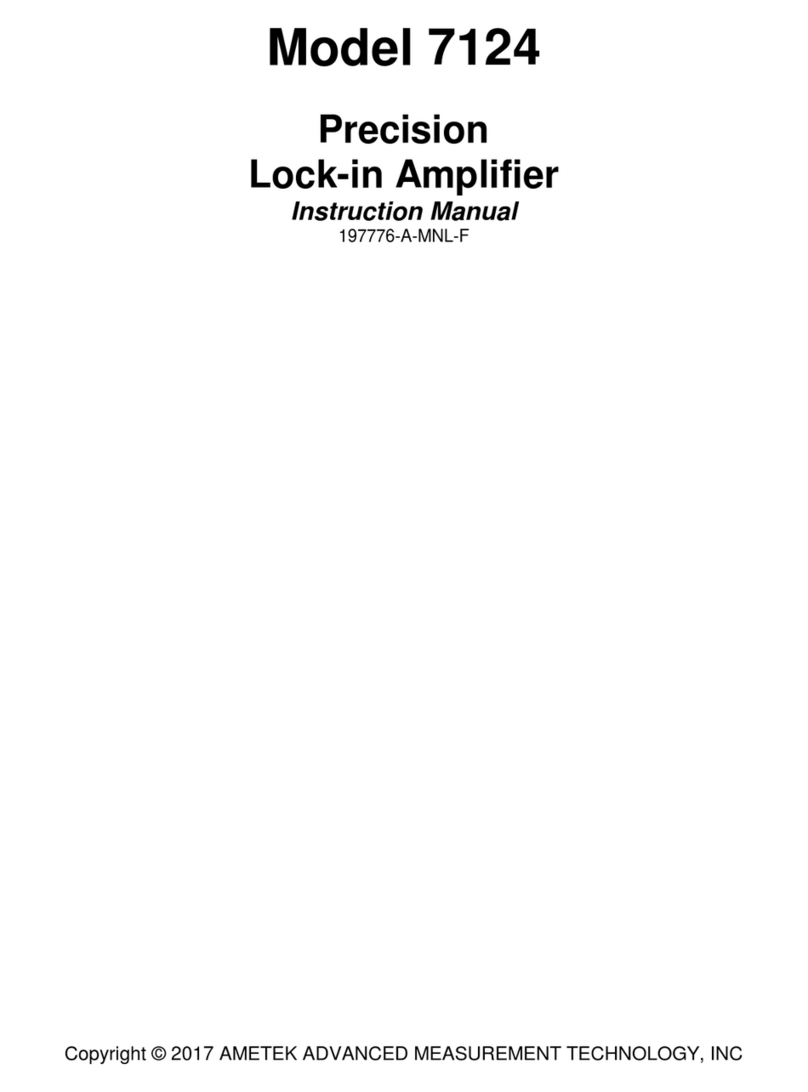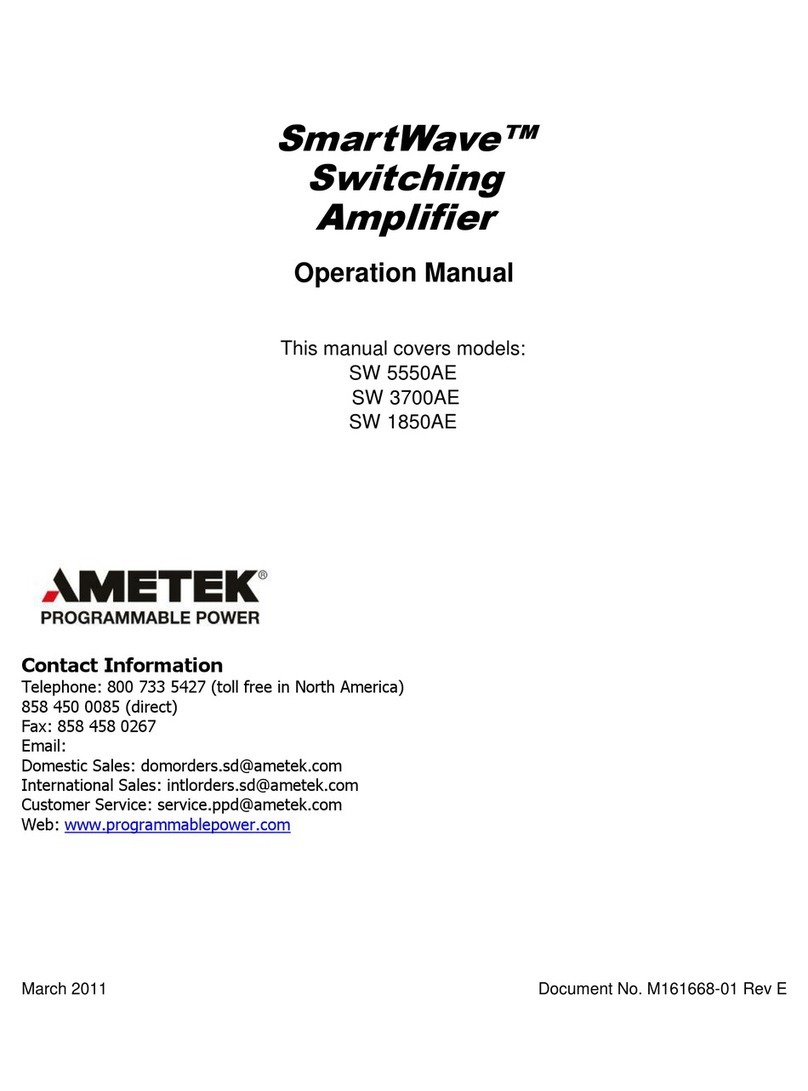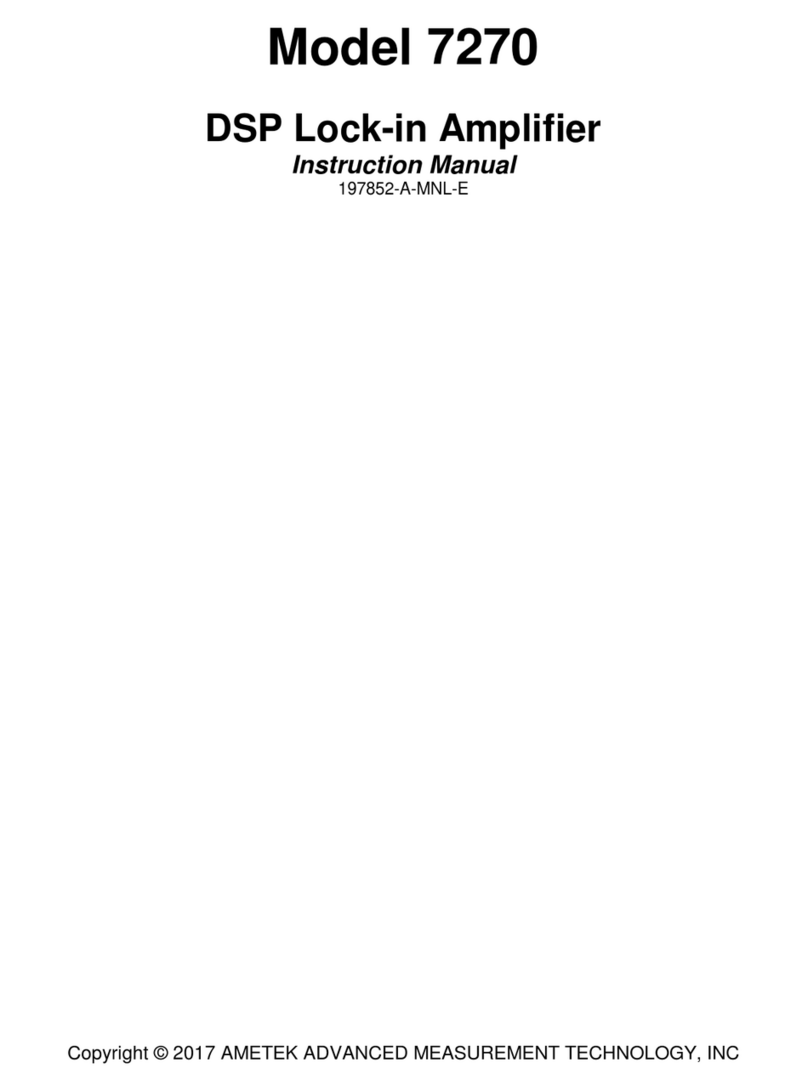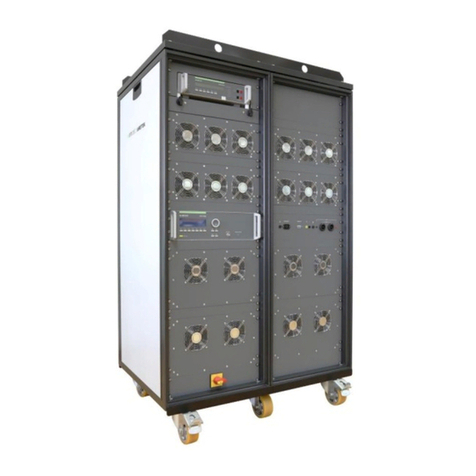
Table of Contents Table of Contents
i
General Safety Precautions................................................................................................................ii
Chapter One, Description
1.1 Description ....................................................................................................................................................... 1-1
1.2 Options ............................................................................................................................................................. 1-1
Chapter Two, Initial Checks
2.1 Introduction ...................................................................................................................................................... 2-1
2.2 Equipment Needed ........................................................................................................................................... 2-1
2.3 Procedure.......................................................................................................................................................... 2-1
Chapter Three, Operating Instructions
3.1 Introduction ...................................................................................................................................................... 3-1
3.2 Connectors & Controls..................................................................................................................................... 3-1
3.2.01 Power Switch & Indicator....................................................................................................................... 3-1
3.2.02 Charge Connector & Indicator ................................................................................................................ 3-1
3.2.03 Input Connector....................................................................................................................................... 3-1
3.2.04 Gain Button ............................................................................................................................................. 3-1
3.2.05 Low-pass Filter........................................................................................................................................ 3-2
3.2.06 Output Coupling...................................................................................................................................... 3-2
3.2.07 Output Connector .................................................................................................................................... 3-2
3.3 Operating the Model 5402................................................................................................................................ 3-2
3.3.01 Introduction ............................................................................................................................................. 3-2
3.3.02 Signal Gain & Output Voltage................................................................................................................ 3-2
3.3.03 Output Filtering....................................................................................................................................... 3-2
3.3.04 Battery Operation .................................................................................................................................... 3-2
3.3.05 Battery Charging ..................................................................................................................................... 3-3
3.3.06 Battery Maintenance................................................................................................................................ 3-3
Appendix A, Specifications
Appendix B, Model PS0112 External Power Supply
Appendix C, Model 5400/32 External Power Supply
Appendix D, Model 7210/50 Mounting Shelf
Warranty....................................................................................................................................... End of Manual
